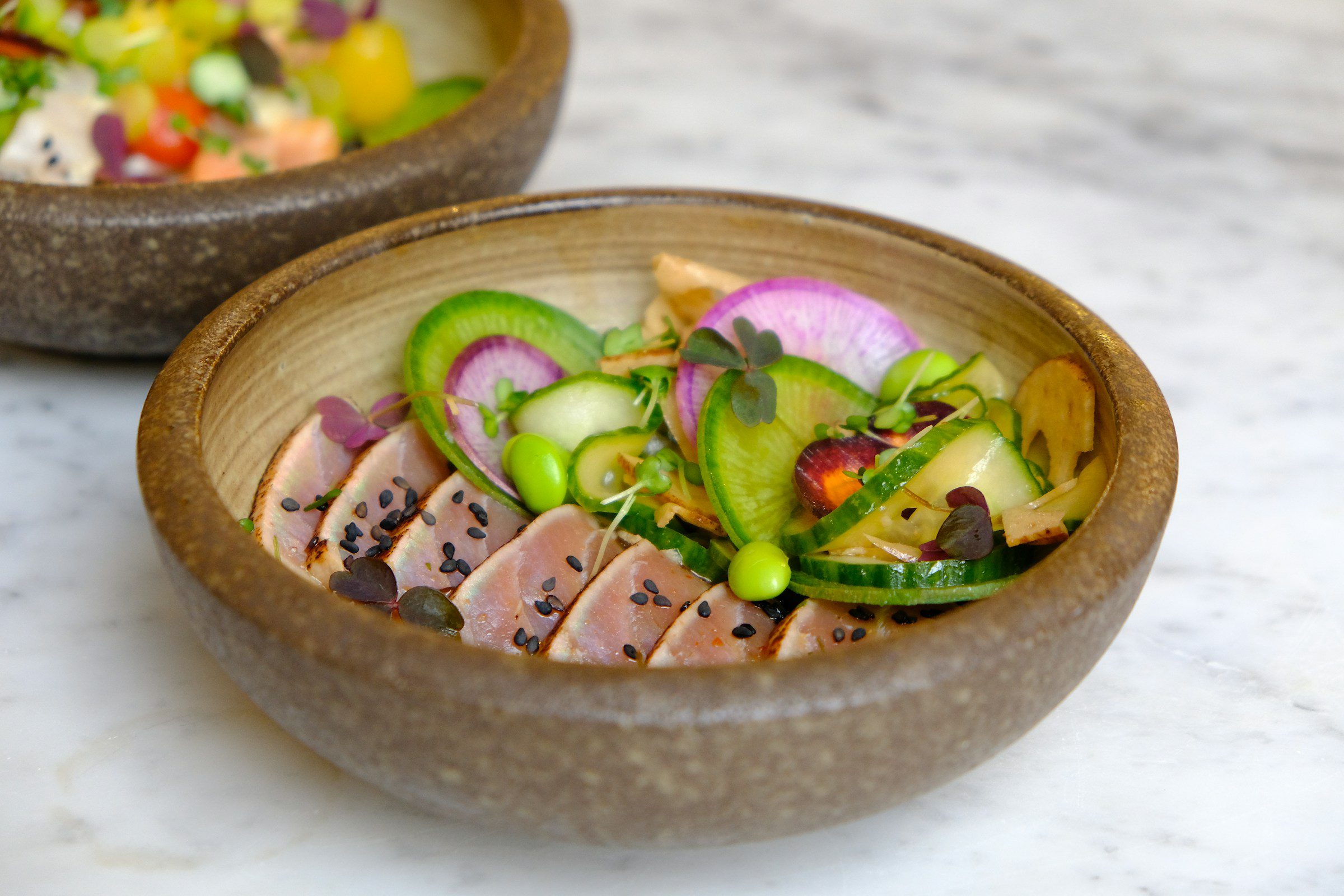
What is a Pescatarian Diet?
The pescatarian diet, or pescatarianism, primarily consists of vegetarian foods with the inclusion of fish and other seafood. This dietary approach can offer several potential health benefits.
A diet centred on plant-based foods provides numerous health advantages, which can be further enhanced by the addition of fish and seafood.
Budgeting for a Pescatarian Diet
The Pescatarian diet is becoming increasingly popular in Australia as people look for healthier and more sustainable ways to eat. However, eating a pescatarian diet can also be expensive if you’re not careful. Here are some tips for managing your budget for a pescatarian diet.
Meal planning
Planning your meals in advance is an essential part of managing your Pescatarian budget. By knowing what you’re going to eat ahead of time, you can make sure you’re only buying the ingredients you need and avoid wastage. This will also help you stick to your budget as you’ll only be buying what you need.
Seafood options
While Pescatarian diets are basically vegetarian diets, they are touted to address nutrient deficiencies in vegetarian or even in vegan diets with more fish or seafood. For a Pescatarian menu, any seafood is fair game, including shellfish, salmon, tilapia, and cod. The team at the Healthy Fish, in particular, recommends going to the frozen food section at your supermarket for your seafood options. Tinned fish is still okay but the Healthy Journal recommends draining the broth to avoid excessive sodium intake.
Buy in-season produce
Eating seasonally is not only better for the environment, but it’s also cheaper because of the seasonal harvest creating an abundance of produce, resulting in lower prices. So, make sure to buy fruits and vegetables that are in-season to save money and get the best quality produce around.
Shop at farmers’ markets
Farmers’ markets are a great place to buy fresh, local, and in-season produce. You can often find great deals on fruits and vegetables at these markets. You’ll also be supporting local farmers and producers, which is better for the environment and the local economy. Some food planners postulate that if you have frequently bought from a local farmer who always sets up at the market, they will remember you and might even offer some deals.
Buy in bulk
Buying in bulk is an excellent way to save money on your grocery bill. You can often find bulk bins of grains, beans, and nuts – all important components in a Pescatarian diet – at health food stores or supermarkets. Buying in bulk also reduces packaging waste, which is better for the environment, but has reusable storage containers ready to divide the bulk items and put them away in cool, dry places.
Use frozen fruit and vegetables
Frozen fruit and vegetables are often cheaper than fresh produce, and they’re just as nutritious, especially when included in a Pescatarian diet. They’re also convenient as you can keep them in your freezer for longer periods of time. Use frozen produce in smoothies, soups, stews, and casseroles. For a Pescatarian smoothie, Everyday Health states that fruit (including a frozen fruit item) can be mixed up with kefir or yoghurt.
Plant-based protein
Plant-based proteins such as beans, lentils, and tofu are cheaper than meat and fish. They’re also a great source of protein, fibre, and other nutrients, as those three food classes work well in a Pescatarian diet according to Oceanbox.
Choose sustainable seafood
When choosing seafood, it’s important to choose sustainably-caught or -farmed options. This not only helps to protect our oceans and marine life but also ensures that you’re getting the best quality seafood. You can often find sustainable seafood options at your local fishmonger or at specialty seafood stores.
Some may ask why go for sustainable seafood products as part of your pescatarian diet. Writing for UniSydney’s CPC RPA Health for Life Program in July 2023, Dr Rosilene Ribeiro said there is still a danger of mercury contamination in seafood products acquired in many markets.
Custom meals and snacks
Making your own meals and snacks is often cheaper than buying pre-packaged options. This also allows you to control the ingredients and portion sizes. Try making your own granola bars, crackers, and hummus. You can also prepare large batches of meals and freeze them for later use.
Leftovers
A Pescatarian diet may have some leftovers but it’s tempting to just throw them away. Instead of throwing out leftover rice or vegetables, use them to make a stir-fry or soup. You can also use leftover fish or seafood in tacos or salads.
Conclusion
Managing your budget for a pescatarian diet is possible with a little planning and effort. If the above tips are taken into account, you stand a better chance to improve your health while keeping your finances in the black So, go ahead and embrace the Pescatarian lifestyle.
Money management apps like 2 Ezi are in an ideal position to help you with investing in a Pescatarian diet. The app allows you to accurately set a limit for your food budget against your other important expenses – from there you can work out your shopping list.
DISCLAIMER: This article is for informational purposes only. 2 Ezi has no business relationships with any company mentioned in the article. Please consult your general practitioner or nutritionist for further medical advice on pursuing a Pescatarian diet.

